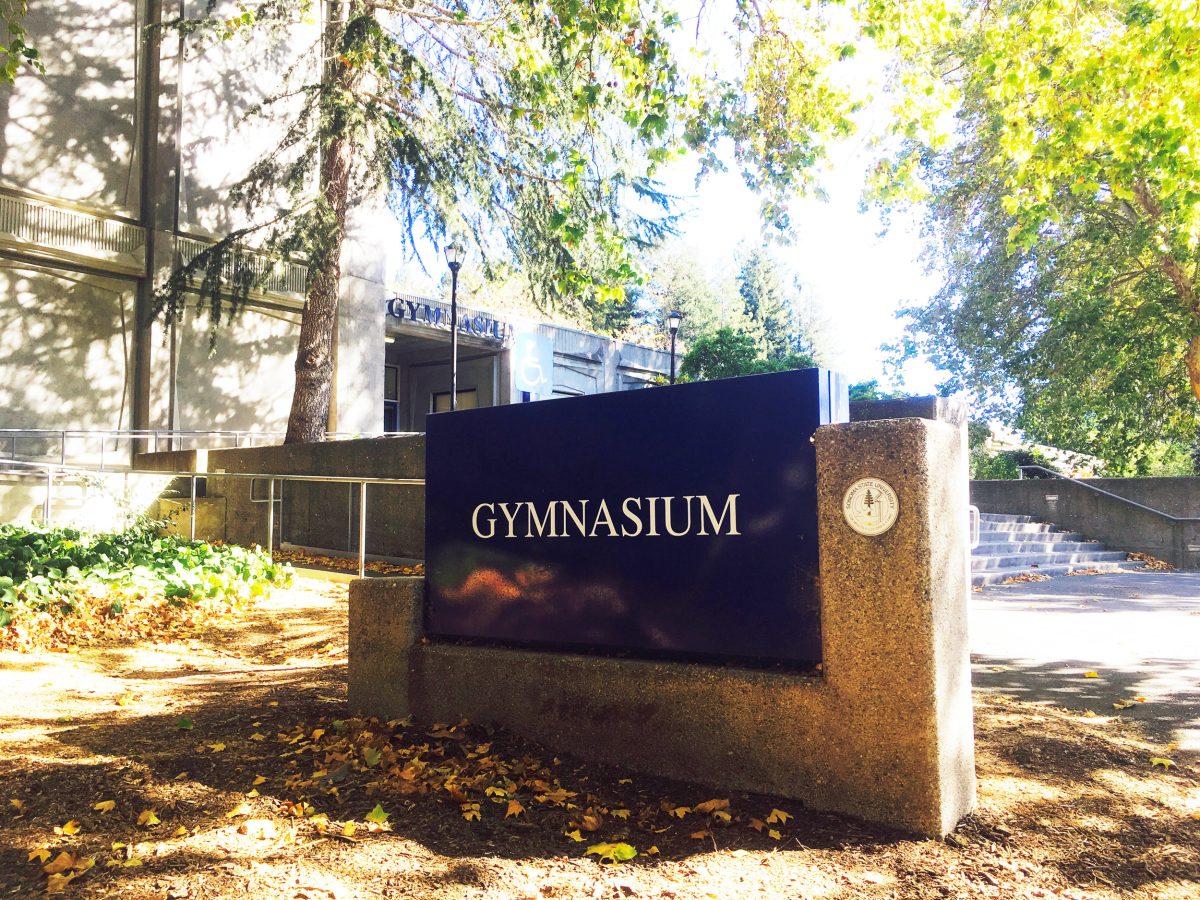During the spring 2016 semester, it was first reported by the Sonoma State STAR that, according to allegations contained in a civil lawsuit, Stevenson Hall, completed in 1966, contained hazardous levels of asbestos. This semester, in a building almost as old as Stevenson Hall, it has been as reported by Forensic Analytical Consulting Services Inc. that the gymnasium weight room at Sonoma State University contains mercury.
Mercury is a heavy, silvery-white liquid metal commonly known as quicksilver. Mercury poisoning can occur as a result of exposure to water-soluble forms of the metal or by inhalation of mercury vapor. It also can occur by directly ingesting any form of mercury.
According to a FACS Mercury Assessment Report, mercury vapor concentrations in the weight room were found to be at about 32 parts per million, which is higher than California Office of Health Hazard Assessment (OEHHA) safety levels.
Prolonged inhalation of mercury vapor can have effects on the nervous, digestive and immune systems. The OEHHA reference level used by FACS is meant to protect individuals from exposure to a particular hazard.
“With some of the buildings on campus being as old as they are, sometimes you run into these things,” said Craig Dawson, director of energy and environmental health and safety at Sonoma State. “When we realized the material had solidified in place it was brought to our attention that mercury may be inside of it.”
As stated in an email sent to students by Vice President of University Affairs Dan Condron on July 27, construction began to replace the carpet inside the weight room when it was realized by the university that padding underneath the floor may contain mercury. After testing, conducted by FACS, mercury was found to be airborne, as well as in the flooring. Condron did not respond to requests from the STAR for more information regarding the report.
According to the report, further tests outside of the weight room showed there was no mercury found in any other part of the gymnasium or in the weight equipment housed inside. Equipment is temporarily being housed in the South Field House.
The Ohio Department of Health, Bureau of Environmental Health and Radiation Protection, states that 3M Tartan Brand flooring, the same brand found in the gymnasium weight room, typically has 0.1 to 0.2 percent mercury. According to 3M, the mercury was used to maintain the floor’s soft texture.
“The material used underneath the carpet was very common in the early 1970s,” said Dawson. “The problem is, over time, the mercury contained inside the padding seeps out of the surfaces.”
FACS testing methods included using a mercury analyzer, for airborne mercury, and gathering bulk samples of porous and nonporous material, such as the flooring and spray applied ceiling fireproofing, to send to an American Industrial Hygiene Association accredited laboratory for analysis.
FACS recommended Sonoma State consult a hazardous materials contractor to remove the flooring as well as clean the ventilation housed in the weight room. It’s unknown if the mercury present will have an impact on occupants after the floor removal and the ventilation cleaning.
“Our main goal is to have nothing detectable remaining,” said Dawson.
Updates will be made to students by the university as the weight room is anticipated to be available again no later than the start of the spring 2017 term.




































